7 Tips to Improve Germination of Marijuana Seeds
Germinating your cannabis seeds should be a quick and painless process. However, there are a lot of variables to consider if you want the best germination rate possible. You want to germinate your seeds as fast as possible to avoid compromising your flowering rate or exposing your plant to fungal infections. More importantly for many cultivators, we will explain how to ensure the best chance of germination in order get the most value out of our (typically) expensive seeds.
Today we are going to review seven useful tips to improve your germination process. We'll touch on easy-to-make mistakes and how to work through them.
1. Don't Let Your Culture Medium Dry Up
When you place a seed on a damp paper towel a series of biological process allow the energy the pant needs for it to break through its seed casing. For our purposes, all we need to know is the more moisture absorbed by the seed - the better. Disclaimer: do not drown your seeds in a pool of water.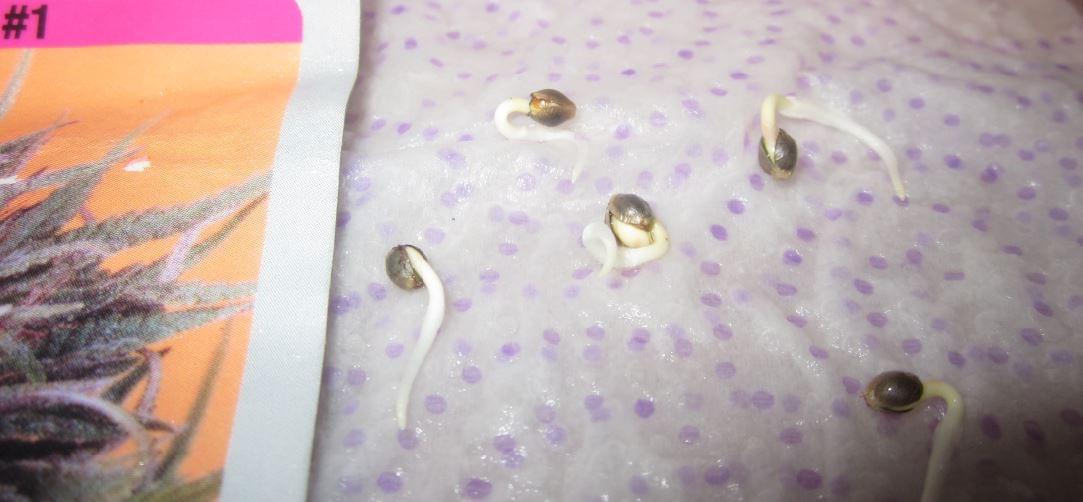
When you're happy with your culture medium, we recommend checking regularly to make sure it's still moist. For a seamless process, it's best to keep it in a warm damp place. Some people may opt into using heat sources to achieve a better germination rate. If this is you, you'll want to be more conscientious about how often you're checking up on them. If you're taking the hydroponic route, rock wool cubes are an excellent medium to use. Again, ensure they remain most.
2. Avoid Leaving your seeds to germinate for too long
This is a common mistake, if you wait until the cotyledons appear, you've made the transplanting process more difficult for yourself. The root is the most important part of the plant at this stage. Exposing the roots to too much air and light can permanently damage them or impede their development.
Their is a fine line between the right amount of time and too much time when leaving your seeds to germinate. We suggest allowing the tap-root 2 cm of growth before transplanting it. Anymore and you're entering a race against the elements. It never hurts to take extra care of your seeds and remain aware of their conditions during this process. If done right, they will develop their roots without a problem.
3.Germinating in soil
It is possible to germinate the seed in soil although we do not suggest it. Especially if you are a beginner, take the time and work through the steps and really learn the growing process as a whole. If you decide to germinate in soil, make sure you're not burying it too deep. Watering the medium after the fact also increases the chance of drowning your seed.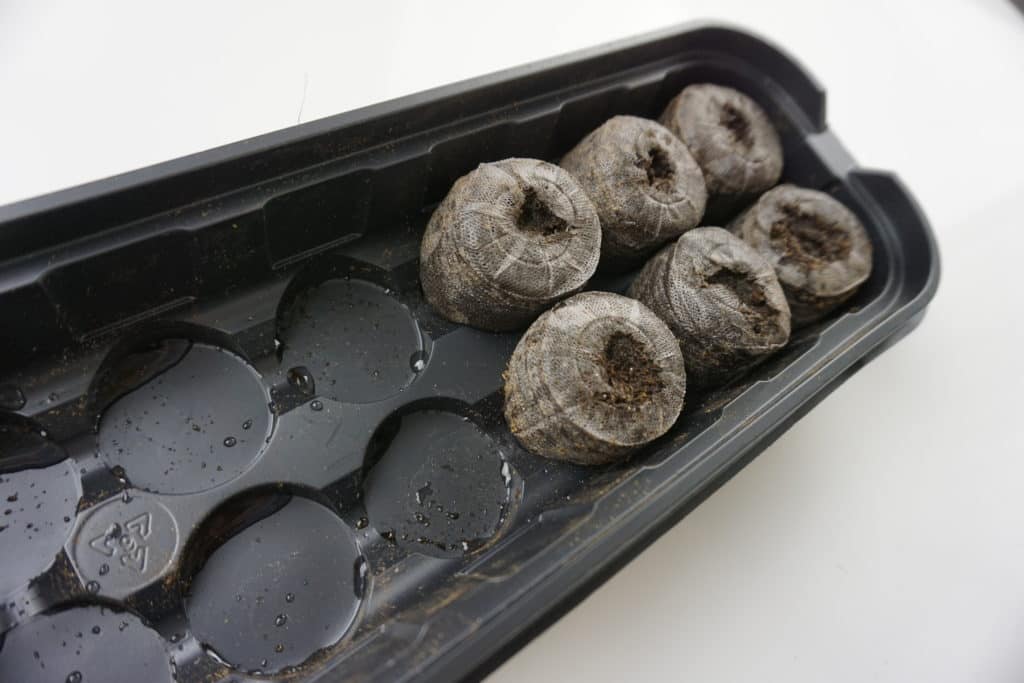
Again, we recommend not using soil as a culture medium. Paper towel or peat plugs are a preferred alternative. Peat plugs are good for grows in tight spaces and are better for regulating temperature and humidity.
4.Temperature and humidity for germination
Seeds like heat and humidity. Given the time of year, region you live in, or circumstances of your growing space, it might be necessary to use artificial heat sources. A heated greenhouse is an optimal investment for those engaging in larger sized operation. A humidifier is also a valuable resource to give you that extra piece of mind.
Seeds germinate best in high temperature with relative humidity. Your target heat should be somewhere between 24°C and 26.6°C with 70% humidity. Less than this will slow down your germination process and affect the success rate.
5.Planting your seed properly
Upon closer inspection of a seed, you'll notice its oval shape. One end being sharper while the other having an indent, known as its "crown." Regardless of your germinating medium, ensure the crown is pointing upwards. This is the end your cotyledons will surface from. Orientating the seed improperly risks damaging or killing the tap root.
Plant the seed with the tip downwards. Once the seed germinates the crown will acts like a hinge so the tap root can find its way towards the soil. In any other case, the seed might not open and the plant will not be born.
6.Planting at the right depth
This one is probably one of the biggest factors and could be the reason for a lot of headaches. A common mistake made too often is plating the seed too deep. This problem is made greater if you are watering your peat or soil after the seed has been planted. Burying too deep means the seed will not develop. Not burying deep enough is a little misleading but still not good. If the seed is too close to the surface it will still germinate but the root may over bend. This will cause the plant a weak stem and stunt its development.
We recommend sowing the seed at approximately 2 cm. Mark a straw or other suitable utensil for a make-shift depth indicator. Plant your seed accordingly and cover the lower bit of the stem as it begins to grow. Doing so will allow the plant better stability and encourage it to grow more roots in the buried section. This is a good way to ensure the health of the plant and speed up its development.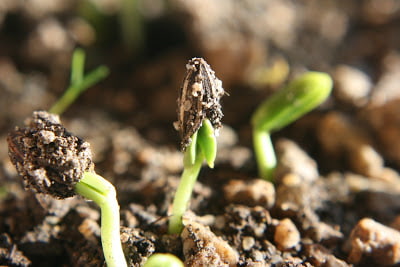
7.Planting several seeds in the same pot
Tempting, but we urge you not to cut corners. Typically when multiple seeds are planted in the same container they do not develop successfully for a number of reasons. This method may save you some material and space but you are not doing your seeds any favors. For starters it's difficult to properly plant many seeds in the same pot. Why make things harder for yourself? Moreover, marijuana plants need their space to for a suitable yield. Germinating them in the same pot robs them of the space their roots will need to grow strong healthy stems.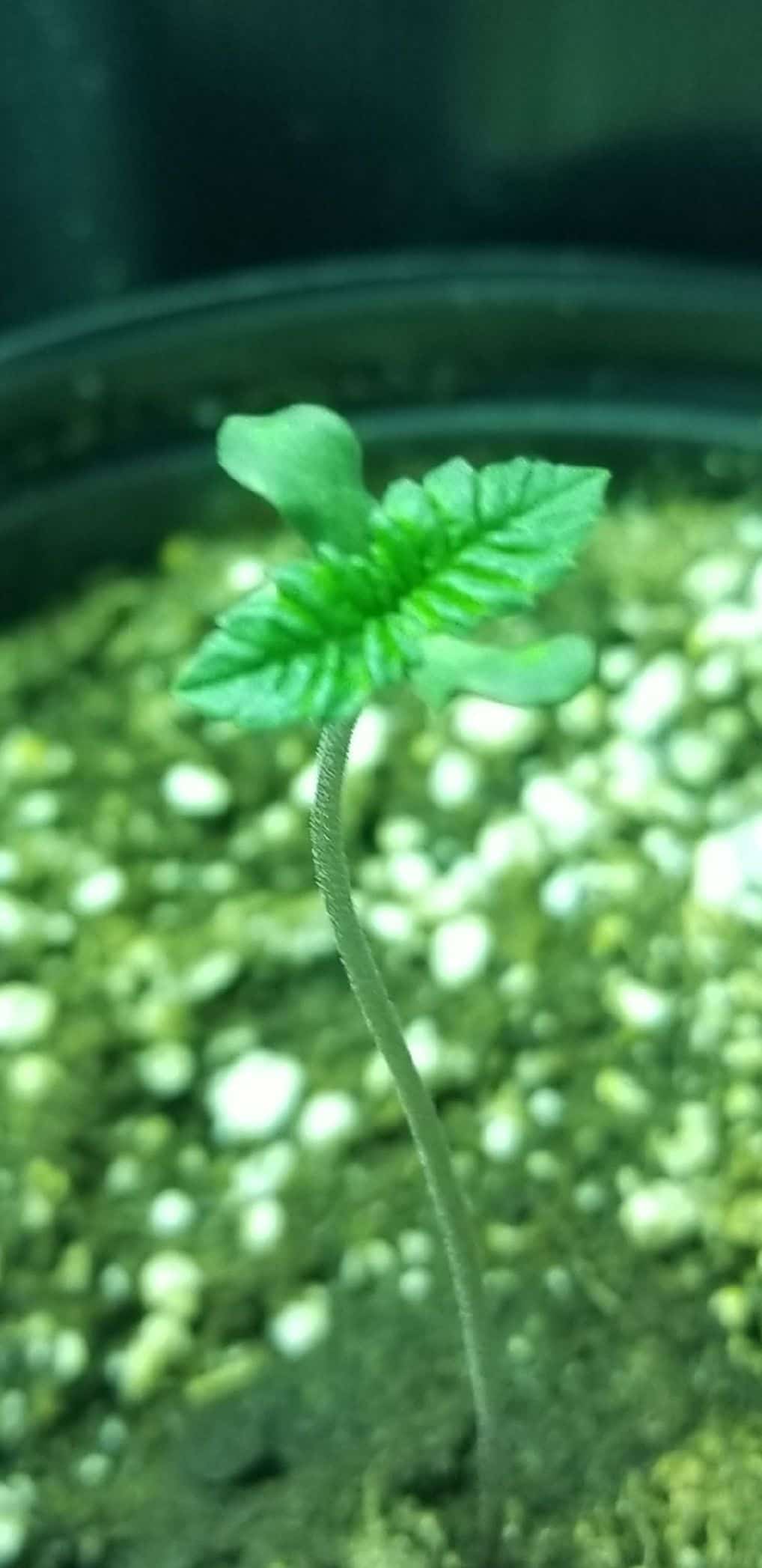
Depriving the seeds of precious space increases the risk of competition the seeds will want to avoid for available light. By handicapping the seeds this way, you are cheating yourself out of getting the most from your plants. If this is the case, your plants will not develop enough branches and the ones that do will have based their growth around a weak stem. In other words, weak stem means not enough branches which will bring you to a weak yield. All avoidable by providing each seed enough space for them to absorb the necessary light and grow long healthy roots.
Growing is a process literally done from the ground up. This is why the germination process sets the tone for how well your plants will develop. Again, take your time and really think your way through the process. If done right your germinating process doesn't have to be long-winded or stressful. Allow your seeds the conditions they need to produce you with a successful yield. Grow your plants properly and watch yourself develop as seasoned grower. We hope these 7 tips for germinating your seeds shed some light on improving your process and provided some valuable knowledge. Learn always and never stop trying.
Best of Luck!
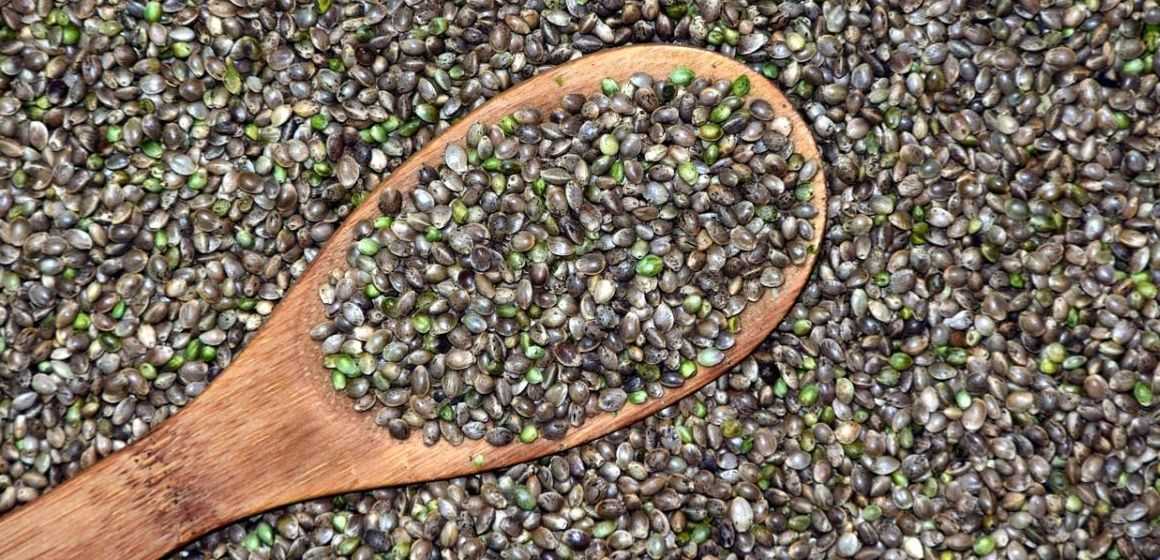

7 Tips to Improve Germination of Marijuana Seeds Discussions and Comments
Have something to say about this? Use the area below to discuss with the community!